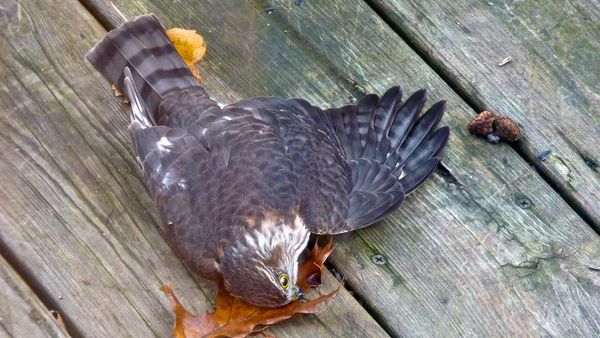
Buildings and windows kill roughly a billion — that's 1,000 million — birds in the United States every year, thanks, in part, to the artificial lights that disorient them and cause them to crash. In 1999, the National Audubon Society and its partners began the Lights Out program in Chicago to convince building owners and managers to turn off unnecessary lights when birds are migrating. Today more than 40 cities participate, as do entire states and regions including Lights Out Colorado and Lights Out Georgia, as well as regional programs like Lights Out Heartland.
In 2021, Philadelphia joined 47 other cities with Lights Out programs including New York, Boston, Chicago, Atlanta, Baltimore and Washington, D.C. Most Lights Out programs, including Lights Out Philly, ramp up again Aug. 15 through Nov. 15, 2022, to coincide with birds natural fall migration.
Advertisement

